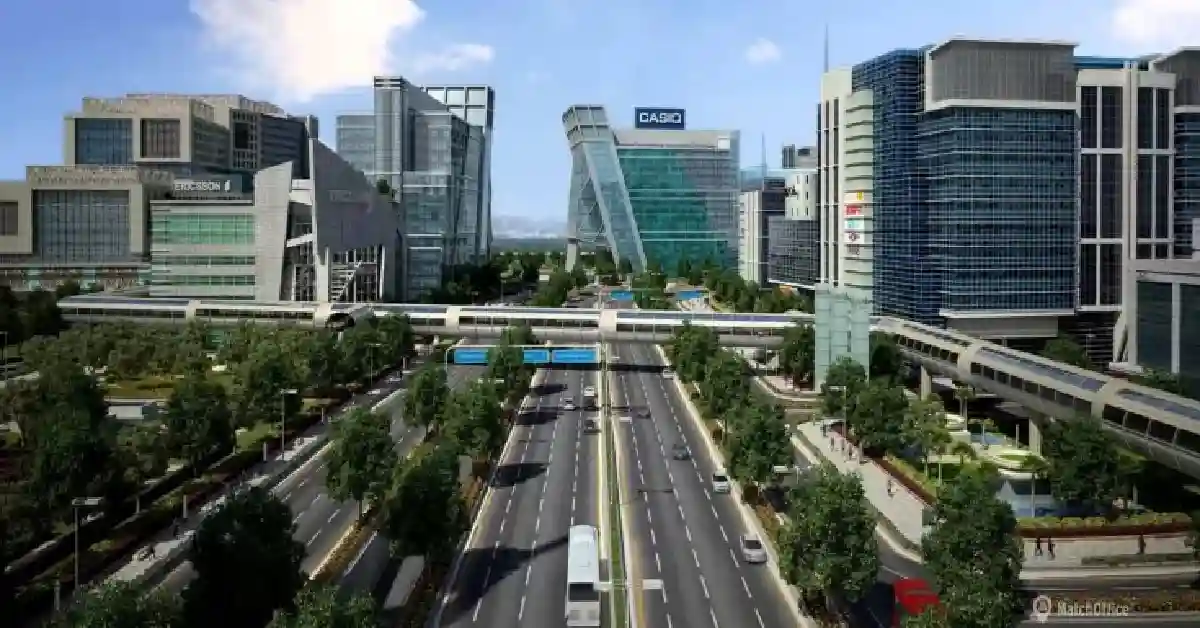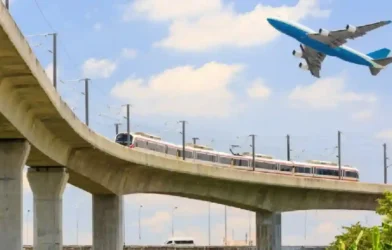Subtotal ₹0.00
The central government’s landmark policy moves to empower private real estate developers to undertake civic infra projects, making use of a mega fund, may well prove to be a game changer for urban development as builders are set to turn into city makers.
Vinod Behl
Meeting the challenge of rising infra deficit in a rapidly urbanising India, private developers will now go beyond residential and commercial developments, to shape cities, ensuring faster delivery of civic infrastructure and its maintenance- a recipe for fast-tracking real estate growth.
As part of this ambitious scheme, private developers’ bankable urban infrastructure projects will get financial support under Rs 1 lakh crore Urban Challenge Fund (UCF) of the Ministry of Housing & Urban Affairs (MoHUA). While the central government will provide 25% financial support, 50% funds will be brought in through bank loans, bonds and public-private partnerships while the remaining 25% will be funded by states and urban local bodies (ULBs).The scheme will be open to private developers in all state capitals and cities with a minimum population of 10 lakhs.A separate scheme will be carried out for ULBs in cities with a population below 1 lakh.
This far-reaching policy measure is likely to fast-track urban transformation by bridging the resource gap. It will particularly prove to be a big booster for cities like Gurugram where private real estate developers have created world-class developments but the government development agencies have miserably failed to provide adequate and quality infrastructure. Parveen Jain, President, Naredco describes it as a policy initiative that reflects a forward-looking vision for building modern, sustainable and globally competitive cities- a positive and much-needed step that will help make real estate growth more efficient in major cities across the country. Ashwinder R Singh, Chairman, Real Estate Committee, CII and Vice Chairman, BCD Group adds that for India’s urban evolution, this is not merely a funding boost -it’s a structural reform about how cities are built and governed.
According to Anuj Puri, Chairman, Anarock, the UCF model uses the efficiency of the private sector to fill in important gaps in infrastructure development. For cities like Gurugram, this opens up transformative possibilities by turning infra gaps into growth drivers through structured PPPs that put the whole urban development ahead of separate projects. Gurugram is a classic example of infrastructure mess amid questionable fund utilisation. The fund in the form of External Development Charges (EDC) is collected by the development agency from developers to fund civic infrastructure. Developers’ inturn collects it from property owners. But many developers default in paying EDC to development authorities. As per 2022 figures, as many as 190 Gurugram developers defaulted in EDC payment of 6700 crore. The Haryana government had launched many schemes like one-time settlement and phased payment model to recover long pending EDC dues running into thousands of crores. Some time back HUDA (haryana Urban Development Authority) – now HSVP (Haryana Shahri Vikas Pradhikaran) had asked defaulting developers to build roads in new sectors against pending EDC dues.
Gurugram development authorities had faced flak for not spending EDC funds in a fair and transparent manner for developing infrastructure. The development agencies had also been facing public criticism for alleged diversion of EDC funds collected from Gurugram to other towns in Haryana, besides allegations of spending EDC funds for purposes other than infrastructure development. In the past the High Court had asked Haryana government to come clean on EDC spending in Gurugram.
Real estate experts are of the opinion that allowing private developers to create city infrastructure, utilising 1 lakh crore Urban Challenge Fund will have a positive impact by way of addressing the problem of fund constraints. Says Parveen Jain, ” With private players contributing to roads, drainage and public facilities, urban development will be put on fast track, which in turn will strengthen investor confidence, lift property values and improve overall, living standards. Concurs Ashwinder R Singh, ” Better infrastructure doesn’t just lift quality of life-it protects and multiplies property values, attracts institutional capital and sustain long-term demand”. Navin Dhanuka, Director, Aris Unitern RE Solutions adds that good infra and connectivity make cities investor-friendly. “Real estate developments having linkages to eways/metro corridors are witnessing surge in land and housing price amid demand boost”, he says.
However, this reformative policy move may not be devoid of its challenges. As Ashwinder R Singh has a note of caution, ” The much talked about policy would achieve its desired purpose bridging the long-standing gap between real estate excellence and infra inadequacy only if this policy is implemented with clear frameworks, transparent tendering and accountability”.














